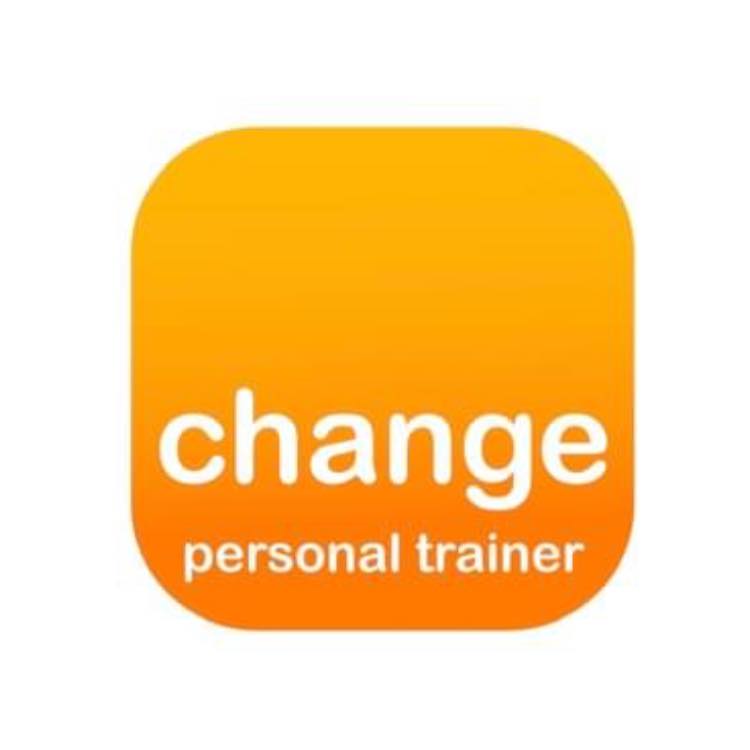
How to beat Depression through exercise
How to beat Depression through exercise
Understanding How Exercise Relates to Mental Health
Exercise has long been known to have a positive effect on physical health, but its impact on mental health is just now beginning to be understood. Studies have shown that exercise can reduce symptoms of depression, anxiety, and other mental illnesses. It is also associated with improved cognitive functioning and greater emotional resilience. This article will explore the relationship between physical activity and mental health, including how exercise can be used to manage stress and improve psychological well-being.
The Effects of Regular Exercise on Depression Symptoms
Exercise has been found to be an effective way to reduce symptoms of depression. Research has shown that regular physical activity can help improve mood and reduce feelings of depression. It can also be used as a complement to other treatments for depression, such as medication or psychotherapy.
Physical activity can improve the quality of life for those suffering from depression by increasing energy levels and improving self-confidence. It also helps reduce stress, anxiety, and fatigue, all associated with depression. Regular exercise can help you sleep better, which is important for managing your moods and well-being. Although exercise can have a positive impact on your mental health, it may not be as effective for you if you're depressed due to other medical conditions or if you are taking medications that also reduce your drive.
In addition to its effects on mental health, regular exercise has many physical benefits that can improve your overall health and well-being. By engaging in regular physical activity, you can strengthen your muscles, increase your endurance, and reduce your risk of chronic diseases such as diabetes and heart disease. All these factors combine make exercise an essential component in managing depression symptoms effectively.
What Types of Exercise Are Best For Treating Depression?
There are many types of exercise that can be used to treat depression, from aerobic exercises like running and swimming, to strength training exercises such as weightlifting and yoga.
Running
One of the most popular exercise types for depression treatment is running. A study published in the Journal of Affective Disorders found that participants who completed an eight-week running program had a 10% reduction in symptoms of depression and anxiety, as well as a 4% increase in life satisfaction and 6% improvement in quality of life. Running has many benefits on mood, including: increased endorphins, improved mood with fearfulness and dread feelings after completing a race, and feeling stronger mentally. These effects last about 2 weeks following the race or training period. This, along with the fact that it's a medium-impact and non-weight bearing type of exercise, makes running a popular form of therapy for depression. Incorporating into your routine can help prevent or reduce symptoms of depression, like fatigue, sleep problems, and feeling sad. Running has been shown to improve mood, but also decrease feelings of hopelessness in patients with MDD. An individual may also find that running is an effective way to decrease anxiety and stress levels in their life, as well as enhancing cognitive function by improving focus and concentration during the exercise session.
Tips & Tricks For Creating a Sustainable Exercise Routine to Manage Your Depression
Exercise is an important part of managing depression and other mental health issues but it can be difficult to stay motivated when dealing with these issues.
Start with a short, manageable routine that includes an exercise you enjoy. It can be difficult to make exercise a regular part of your life when you're feeling depressed. The first step is to pick out an activity that you enjoy and will be easy to stick with throughout the day by making it portable or something that can fit into your schedule. It doesn't have to be physical, but it should be something that you feel engaged in and would like to continue doing long-term if possible. Some examples might include playing guitar or going for a walk outside (even if it's just in your neighbourhood).
Find ways to increase the amount of time you spend exercising each day. If you enjoy exercising after a short routine, try to find ways to increase the time you spend doing it. This might mean setting aside a certain block of time during the week, or just working out throughout your day, so that it becomes an organic part of your life. This can also be accomplished by scheduling more exercise into your schedule – instead of wasting half an hour on Facebook, log off and go for a walk instead.
When people start a new exercise plan, they tend to want to take it too far and start doing intense workouts right away. This is not always good for the person or body, so it’s best to work within your capacity and ensure you don’t overexert yourself while trying to get into shape. Otherwise, you might end up with an injury that will hold your progress for some time – or worse yet, give up on exercise altogether! - Set goals that are measurable and realistic. For example, you might set your goal to make a healthy dinner every day by aiming for a certain number of servings of vegetables or fruit in each meal, which is easier to accomplish than trying to lose 10 pounds in one month.
Find an exercise routine that works for your lifestyle and body’s limitations. If you’re a busy person who doesn’t have time for rigorous workouts, try finding various sessions that work best with your schedule, like walking around the block or doing some stretches before heading home from work. If you don’t have a gym membership, try hitting the local fitness centre or grabbing some workout DVDs from the library.
Make exercise a fun part of your day, and try not to define it as “work”. If you find that exercise is something that your body doesn’t really enjoy, think about what things make it more enjoyable for you, like listening to your favourite music while running or dancing in place during a spin class. . If you’re not feeling up for a workout, try finding another form of exercise that you enjoy, like yoga or Pilates. It’s important to find something that makes exercise fun for your lifestyle and likes, so it doesn’t become a chore that is necessary but not enjoyable.
© Created with systeme.io
